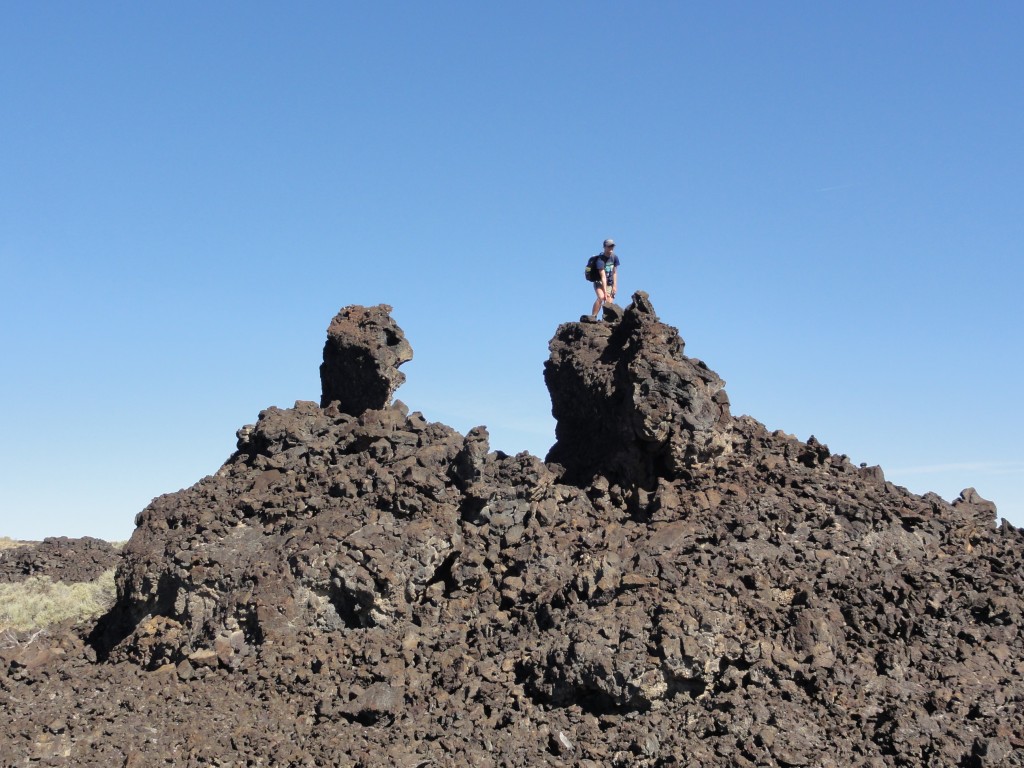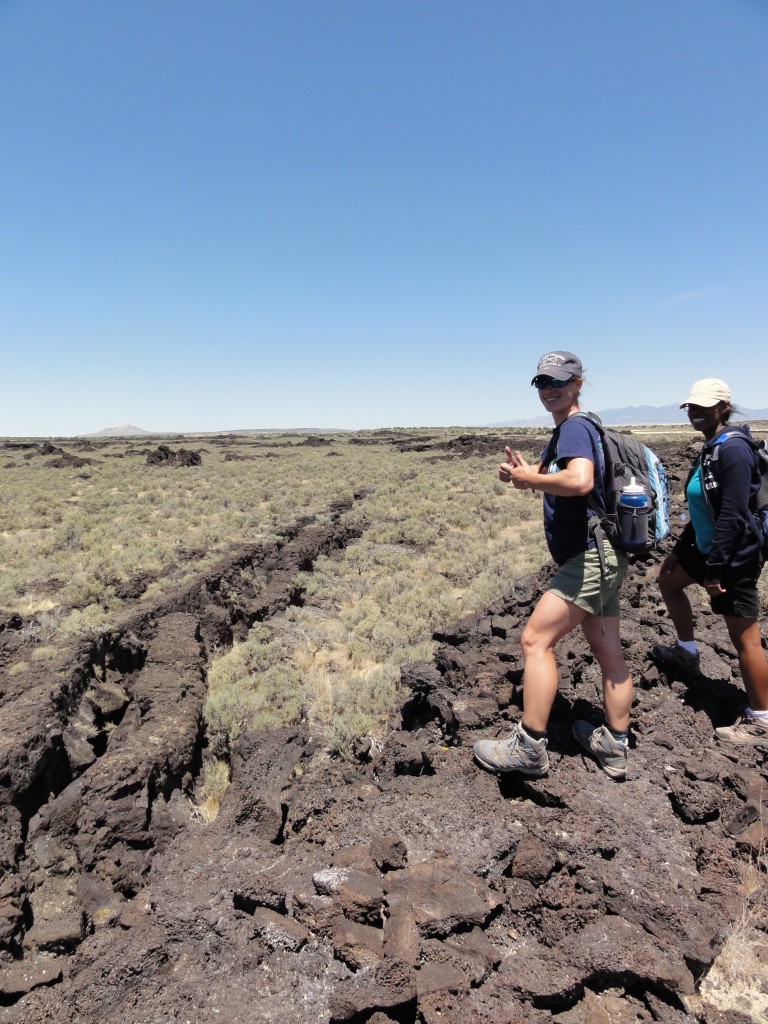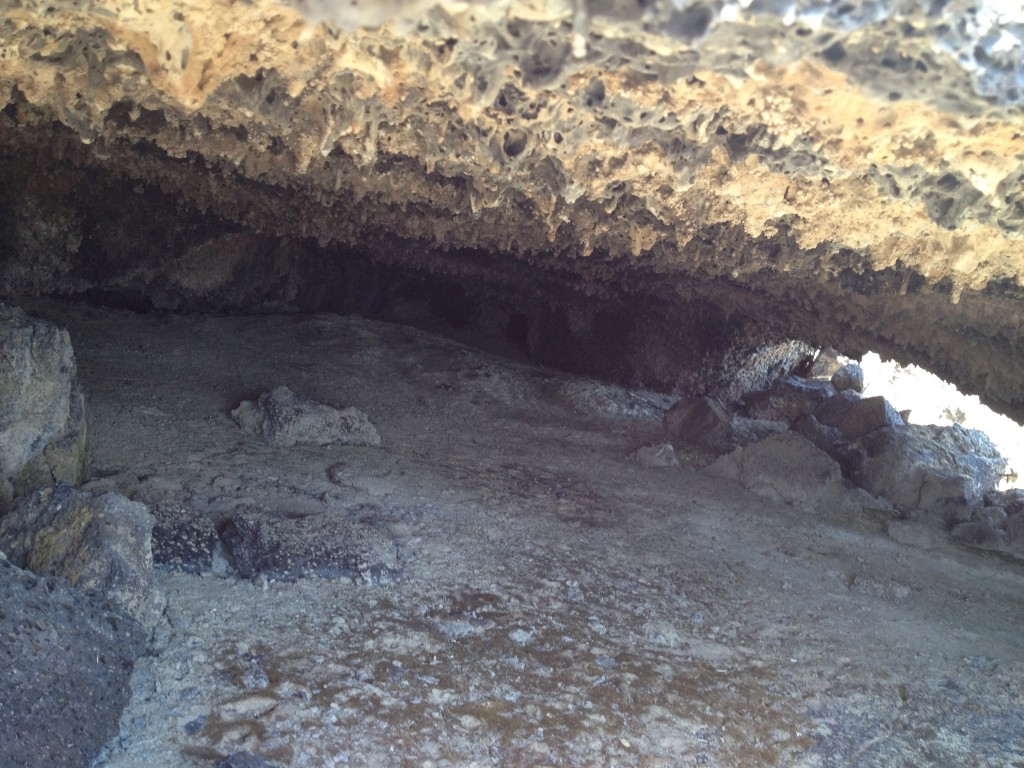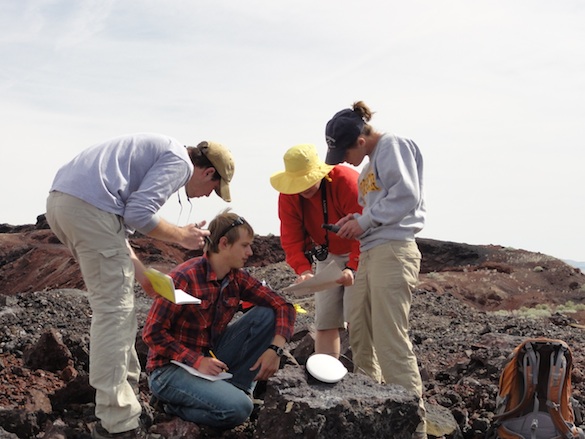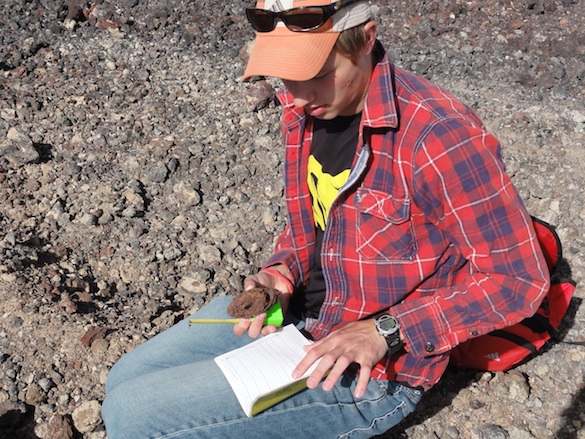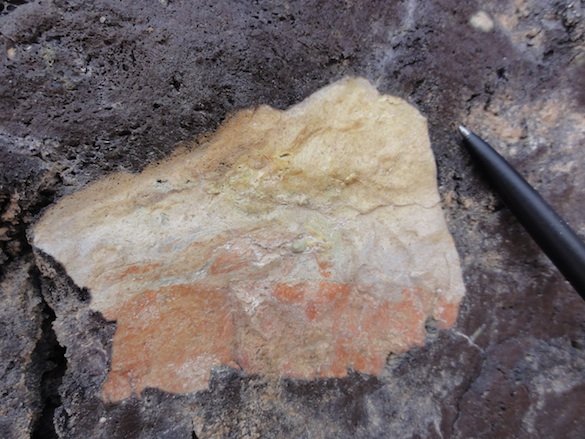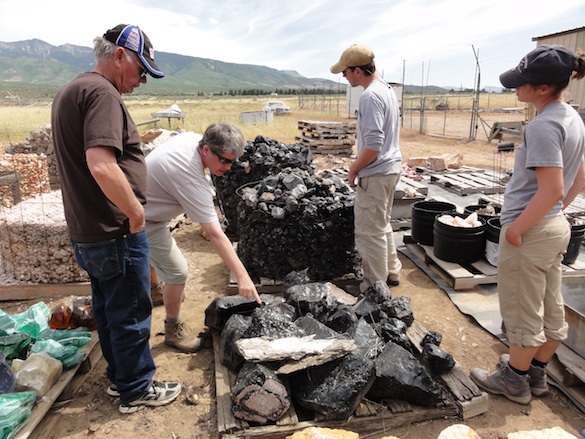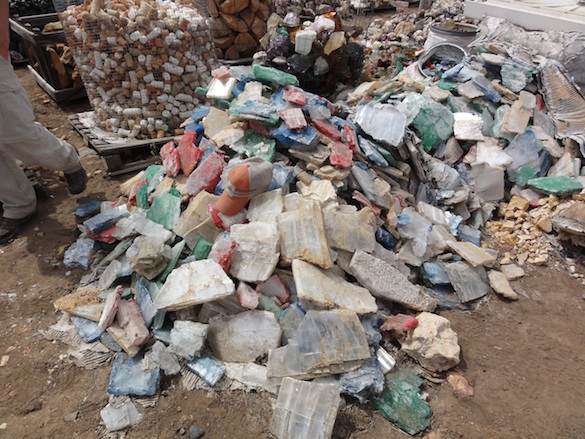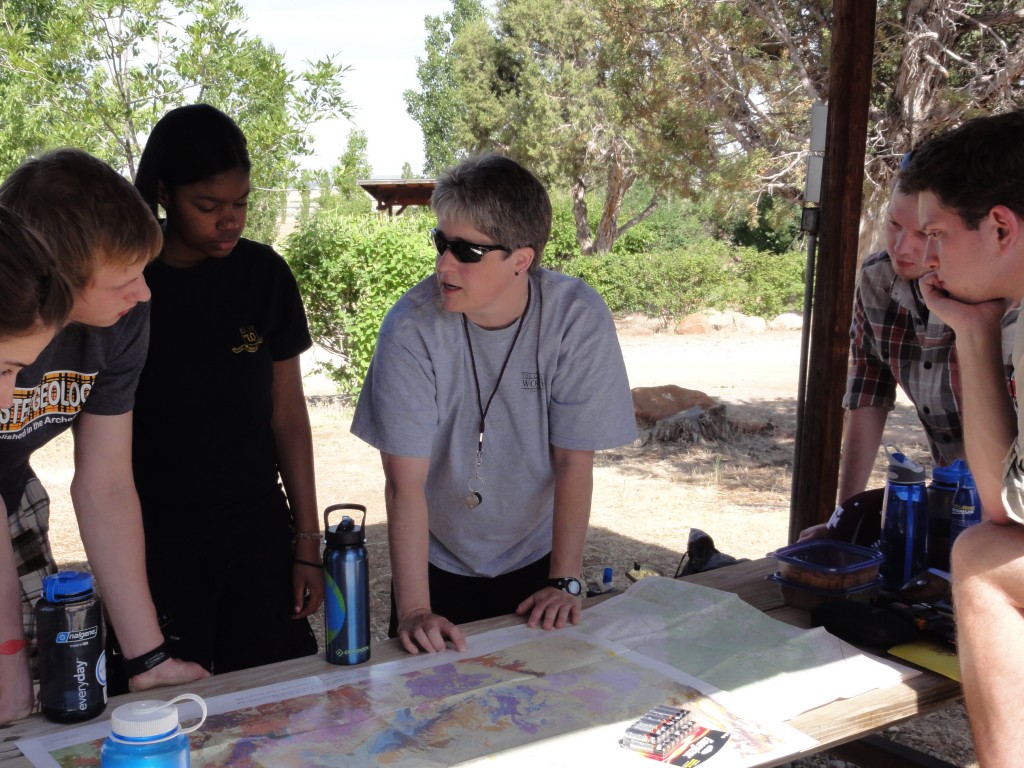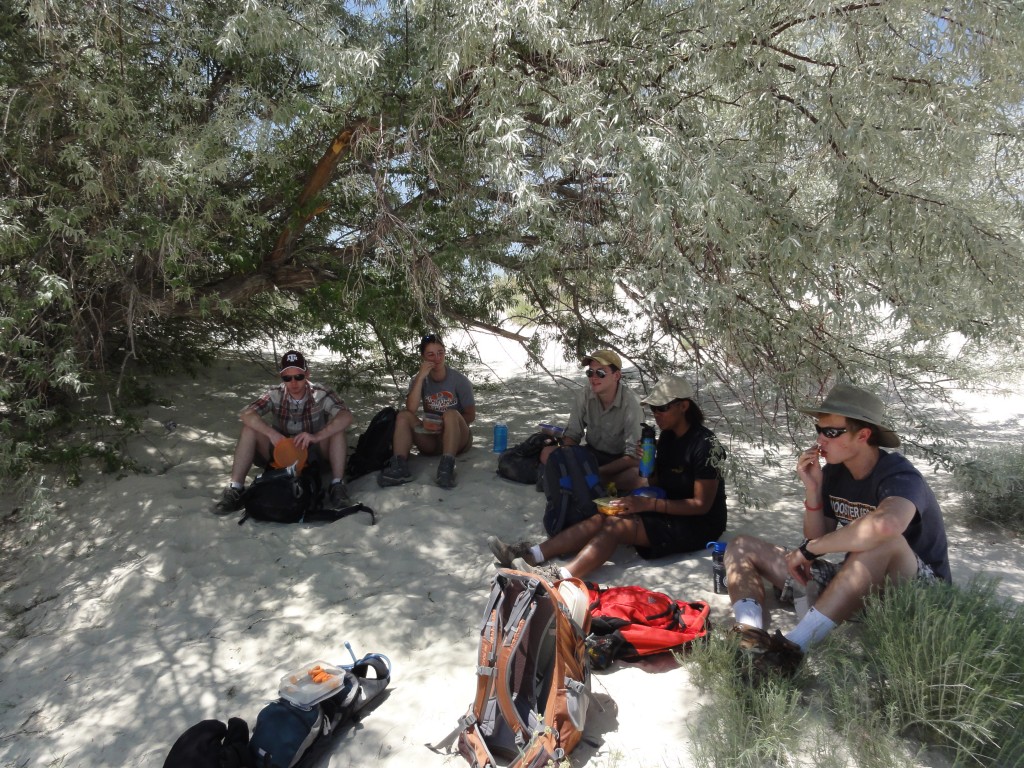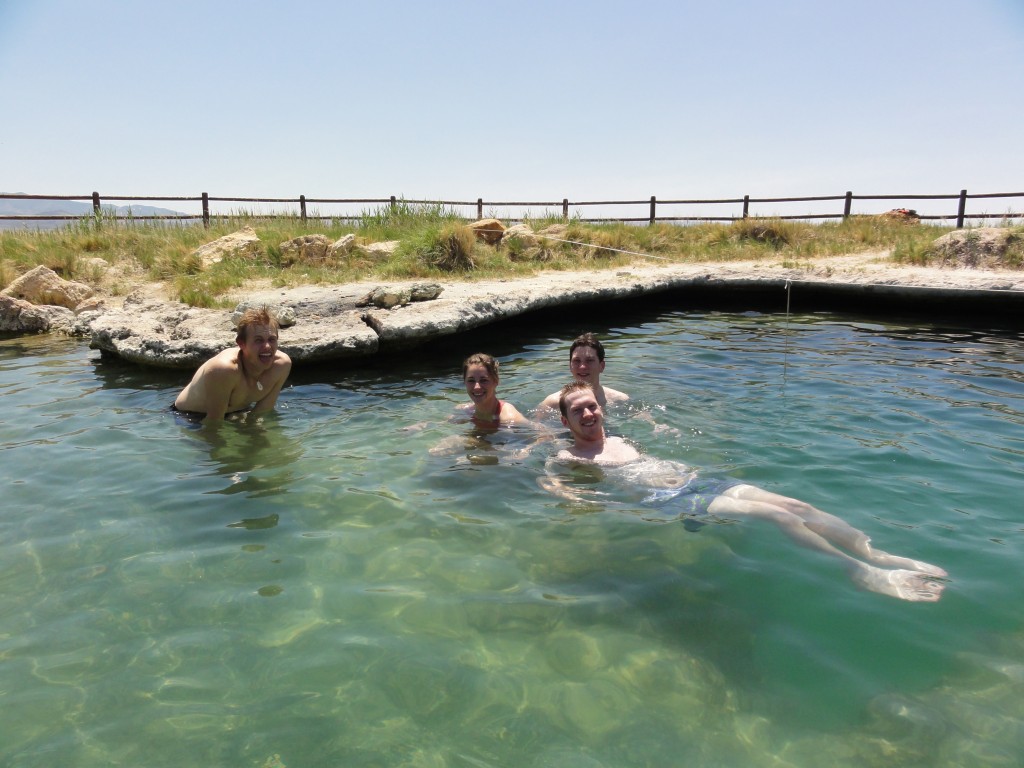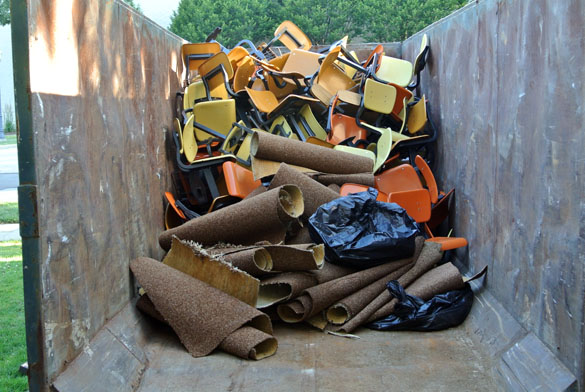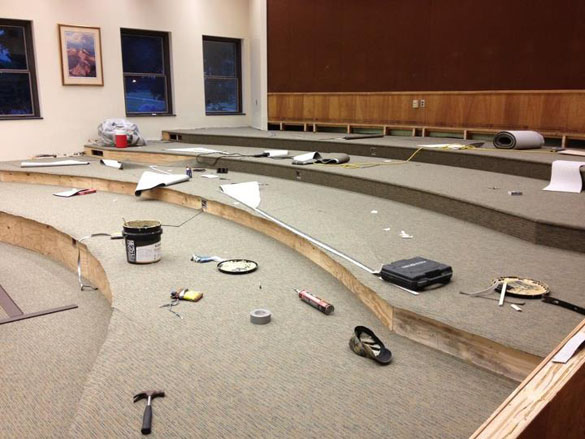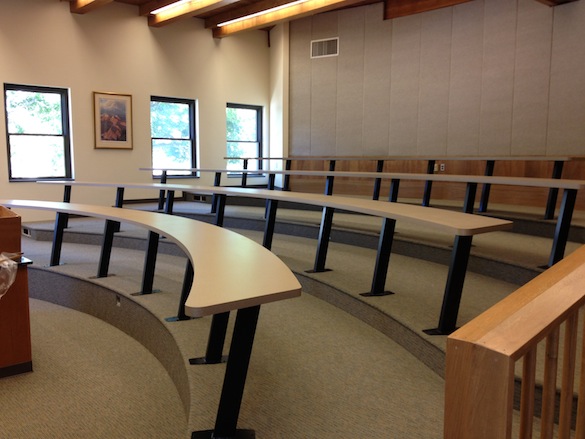FILLMORE, UTAH – [Guest Bloggers Matt Peppers and Will Cary]
On the morning of the 8th, all seemed well. Much like days before, we all arose and began to pack our lunches for the day. However, as we piled into the car, an ominous light started to blink on the dashboard. Low tire pressure. Concerned, Dr. Judge pulled us into a nearby gas station and checked the tires. Much to our dismay, the left rear tire was 10 psi lower than it should be, a repeat occurrence from a few days earlier. Not wanting to jeopardize our upcoming Mystery Fun Day, Drs. Judge and Pollock made the decision to take the car into a repair shop to have the problem diagnosed. While they were gone, they left us to wreak havoc upon the KOA Kampground. We started by swimming and relaxing by the pool, and ended by swimming and relaxing by the pool. All before lunchtime. We retired to our individual cabins to enjoy the lunches we had packed a few hours earlier in glorious air conditioned komfort.
Around 1 pm, the professors returned and it was business as usual. Even though we had lost half of our day to a small hole in the tire (curse you, basalt!) we rushed out to mob Kevin’s project for the afternoon. Arriving on the cinder cone at peak temperature made for a challenging work environment (especially after having spent most of the day in a sun-induced stupor) but we turned the afternoon into a very productive, albeit rushed, day. After reviewing the wall Kevin had used to map his xenoliths, we spread out and tried to collect as many of the 16 different types as we could find. After a few small injuries, stumbles, artistic work with a rock hammer, and some sore hands trying to pry the xenoliths out of the uncooperative host rock, we amassed a small mountain of samples for Kevin. As Whitney struggled to bag and record the samples in the gusting wind, the rest of us made one last sweep of the area for any xenoliths to claim.
We trooped back down the van, and made the dusty trek back to the kampsite, just in time to shower and recover before we left for dinner at six. After a quick stop to pick up a package containing some hardier field notebooks we went of to dinner followed by a stop for ice cream, where the professors revealed the Fun Trip they had planned for Saturday. We will be driving down to Bryce Canyon on the morrow to spend the day in the park. None of us have been there, so it promises to be a unique experience for us all!







